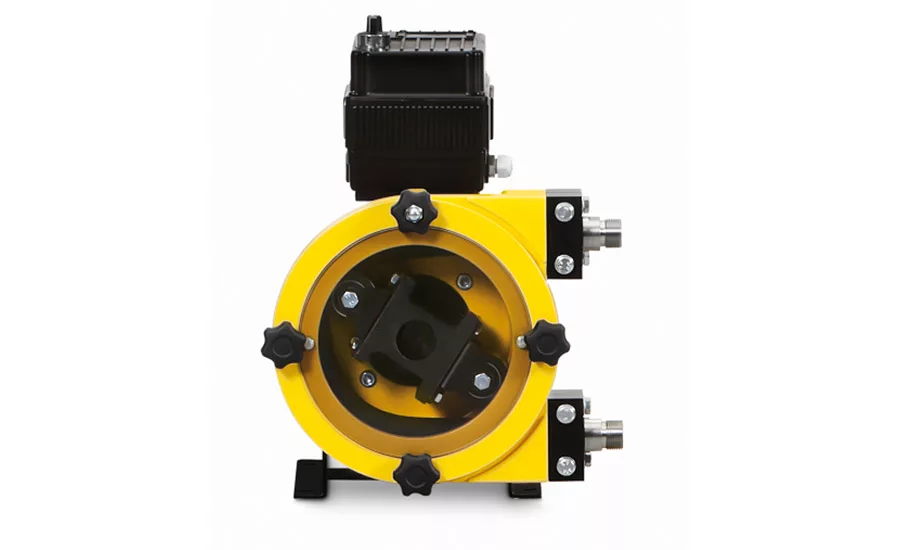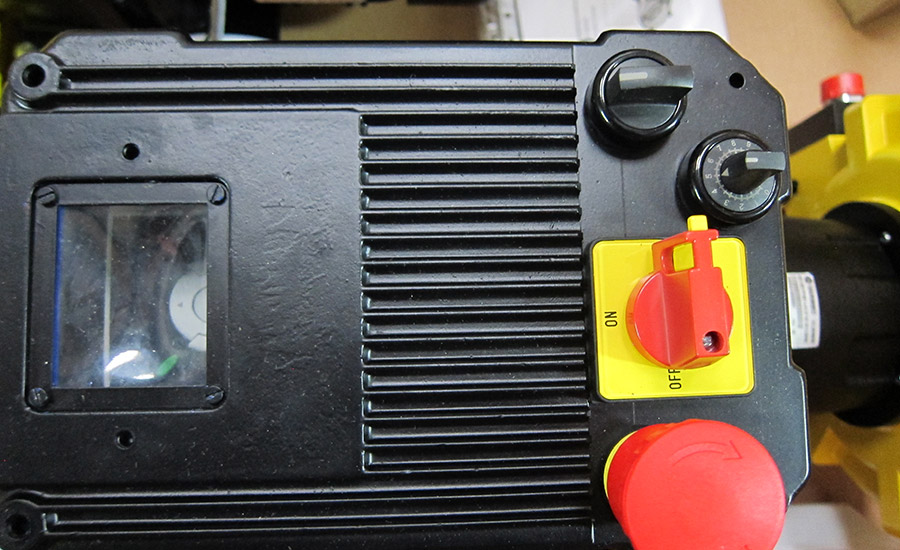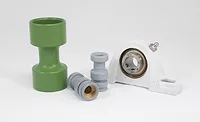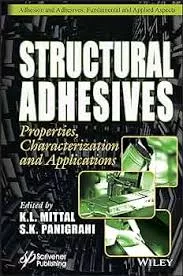Case Study
Solving Glue Transfer Challenges with Peristaltic Pumps
A world-renowned paper tissue manufacturer is enjoying multiple benefits following the selection of peristaltic pumps for the transfer of a glue/ink mixture used in its manufacturing process.

Peristaltic glue pumps have the ability to self-prime and transfer high-viscosity fluids while featuring a seal-less design.
Careful consideration must be taken with pump selection when handling the transfer of glues. Depending on the type, these adhesives can be highly viscous and often harden and solidify when exposed to air. Glues are typically either water or solvent based; in this instance, the former is relevant.
Polyvinyl acetate (PVA) is a common example of water-based glue, comprising natural or synthetic soluble polymers that are added to water to form the liquid. This type of product only works if the applied surface is permeable (e.g., wood and paper). The glue sets once the water has evaporated from the surface; the bond can then be broken easily with the reapplication of water. These glues are popular as they are low in cost and environmentally friendly.
Process Background
A world-renowned paper tissue manufacturer was having difficulty with the existing pumps that it used for the transfer of a glue/ink mixture used for various processes in its manufacturing plant. The company had previously purchased a peristaltic pump from North Ridge Pumps for an ink application and wanted to replace other pumps with the same technology.
The company has a large holding tank that contains the mixture, along with smaller day tanks located throughout the plant next to different machinery, dependent on the process. The purpose of the unit is to fill the smaller tanks on demand and to ensure they never fall below a minimum level that could cause production to stop. For this company, 1 hr of downtime equates to around £3,000 (approximately $4,200) of lost revenue, so it was crucial that the solution selected would be reliable and quick to maintain if a fault occurs.
While the average flow rate required to meet demand is 500 L/hr for this company, the production manager wanted the ability to increase flow up to 900 L/hr if demand increased, an ability they did not previously have. The glue mix is viscous, so the pumps needed to be capable of handling the high viscosity while self-priming from the feed tank. The capability to clean the pumps easily was also a must, as it is crucial to avoid the product setting within the unit after production has completed.

Hose pumps can dry run indefinitely, which allows all the product to be emptied completely from the hose without the potential to cause the damage that can be encountered in mechanically sealed designs.
Non-Clogging, Low-Maintenance Solution
Peristaltic glue pumps have the ability to self-prime and transfer high-viscosity fluids while featuring a seal-less design. The only component that encounters the fluid is the internal rubber hose, which is easily cleaned by flushing through warm water after demand has finished.
The absence of a mechanical seal, balls, and valves found in other pump designs ensures the pumps do not become clogged. The ability to reverse the flow is also a helpful feature, if somehow a clog does occur. Hose pumps can dry run indefinitely, which allows all the product to be emptied completely from the hose without the potential to cause the damage that can be encountered in mechanically sealed designs.
The tissue manufacturer chose to install two peristaltic hose pumps with built-in variable speed drives, which allow the flow rate to be altered by simply rotating a potentiometer dial located on the motor. Having the inverter directly mounted on the motor negates the need to install an external local inverter, something that the customer wanted to avoid.
The installation also included emergency stop buttons on the pump motors so that the glue pumps can be stopped without having to reach a control panel. In addition, reverse switches allow flow to be reversed if required (e.g., if too much product has been transferred or a blockage occurs).
The final feature for both pumps is a hose leakage detector. If the internal hose has ruptured, the sensor sends a signal to the control panel to warn the operator. This allows the fault to be detected early and for maintenance to be performed quickly before production loss occurs, minimizing downtime and ultimately saving costs.
To complete the installation, a spare hose and lubricant were supplied. As the hose is the only wearing part, the number of spare parts required on site is quite low. Simply replacing the hose and applying the grease is all that is required to get the pumps operational again after a rupture.
Lower Costs, Higher Efficiencies
The tissue manufacturer has saved over £30,000 (~ $42,000) in lost production output since the peristaltic pumps have been installed. “Since we changed the design of our ink and glue transfer pump, we have reduced the time taken to service the pump to 1/5th of what we previously did, the number of spares kept on stock has reduced by around 90% and overall we are operating far more efficiently, finding we experience far fewer emergencies,” the company’s plant maintenance engineer said.
For more information, visit www.northridgepumps.com.
Note: Images courtesy of North Ridge Pumps.
Looking for a reprint of this article?
From high-res PDFs to custom plaques, order your copy today!






